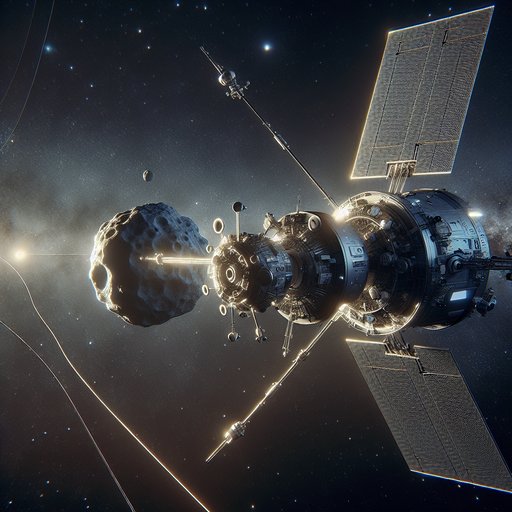
In a groundbreaking discovery, scientists have detected complex organic molecules - the fundamental building blocks of life - in a distant star system using the powerful Atacama Large Millimeter/submillimeter Array (ALMA). This finding provides compelling evidence that the ingredients necessary for life may have originated in interstellar space, challenging our understanding of how life-essential compounds are distributed throughout the universe [1].
The research team, led by scientists in Berlin, utilized ALMA's sophisticated capabilities to identify these organic compounds in a star system far from Earth. The discovery suggests that complex organic molecules can form naturally in space, potentially seeding young planetary systems with the chemical precursors necessary for life to emerge [1].
This breakthrough observation was made possible by the remarkable advances in space telescope technology over recent decades. The Hubble Space Telescope, now in its 35th year of operation, has revolutionized our understanding of the cosmos and paved the way for even more powerful instruments [2].
The James Webb Space Telescope, positioned over a million miles from Earth, has further enhanced our ability to study distant cosmic phenomena in unprecedented detail. Its advanced infrared capabilities allow it to peer through cosmic dust and gas, revealing previously hidden aspects of star and planet formation [3].
The combination of ground-based observatories like ALMA and space-based telescopes has created a powerful network for astronomical research, enabling scientists to study everything from nearby planets to the most distant galaxies. This multi-facility approach has been crucial in making discoveries about the potential for life beyond Earth.
























